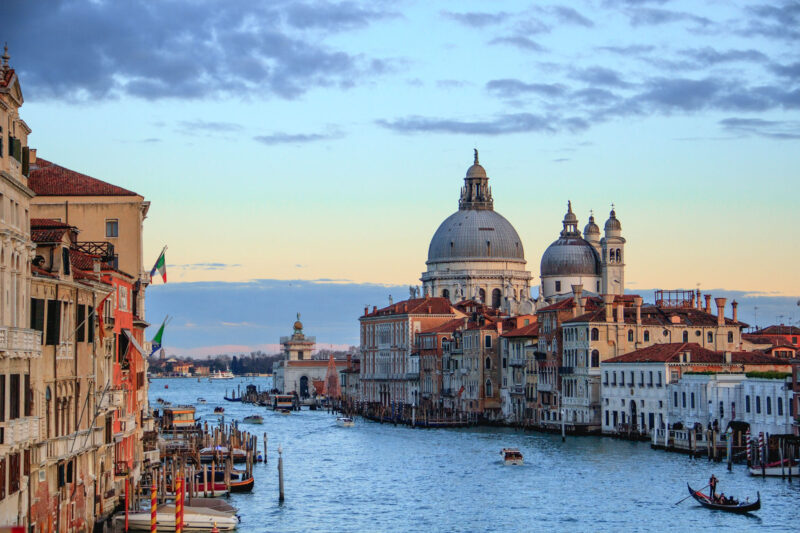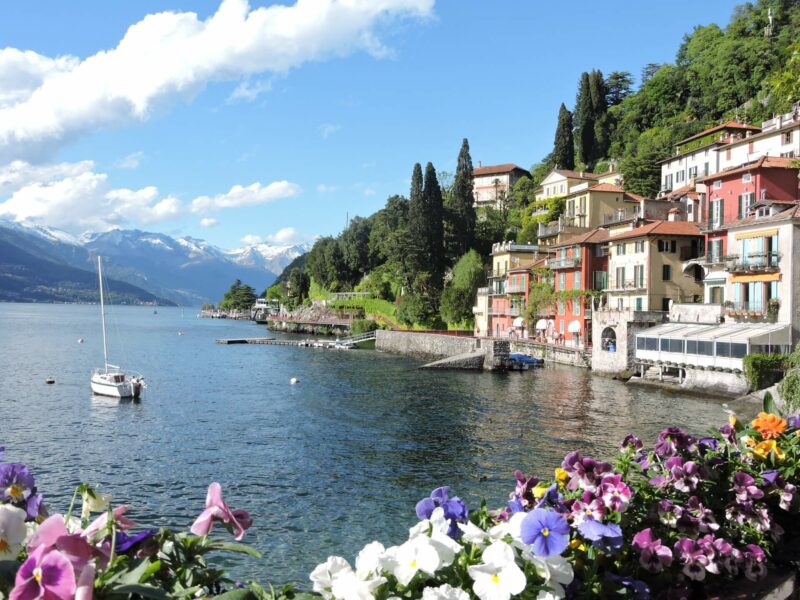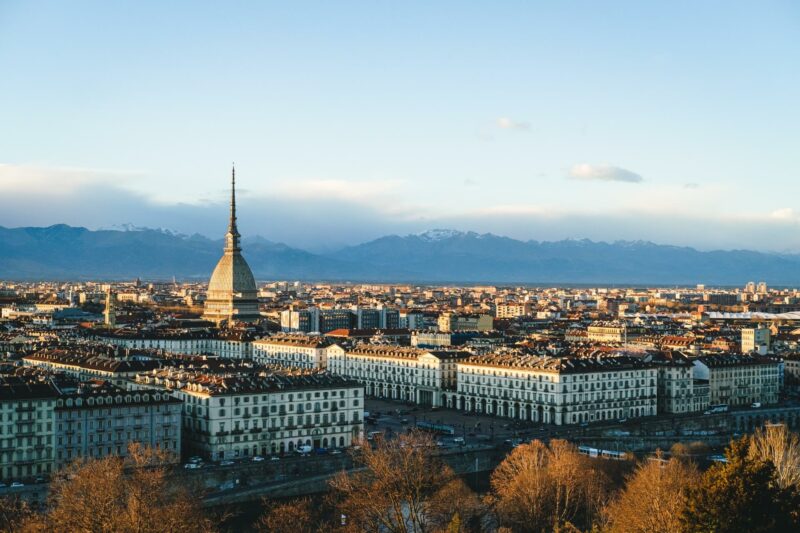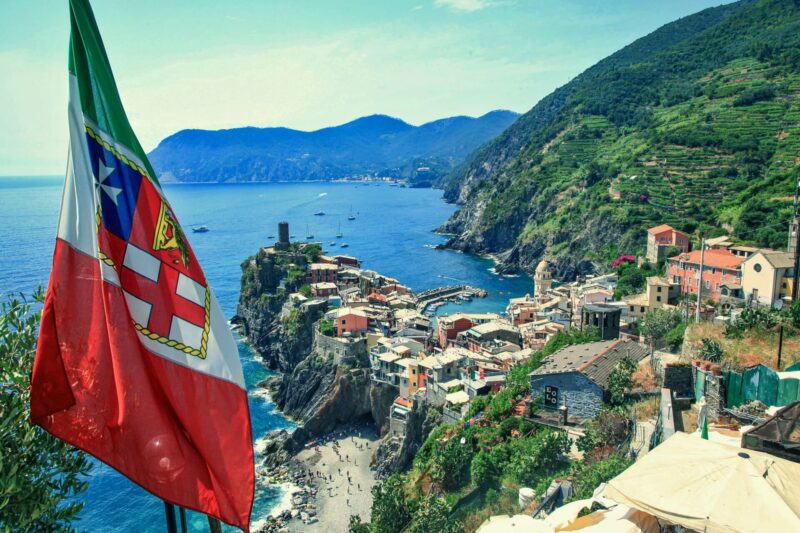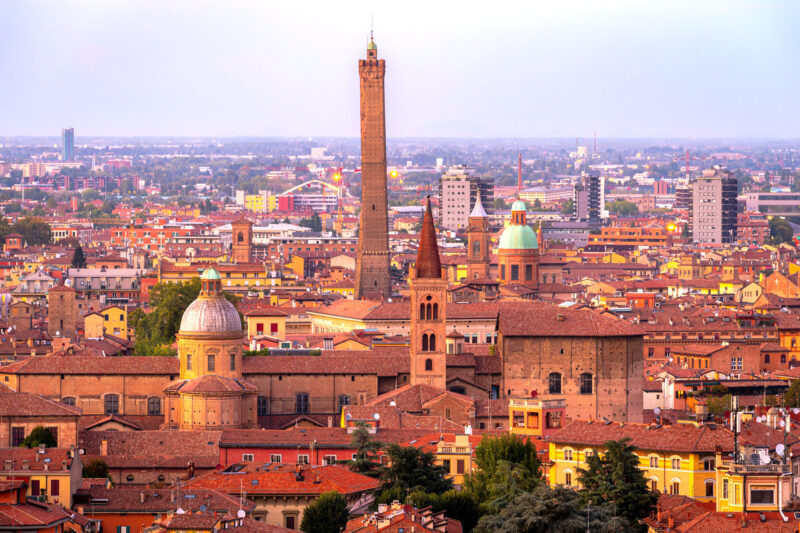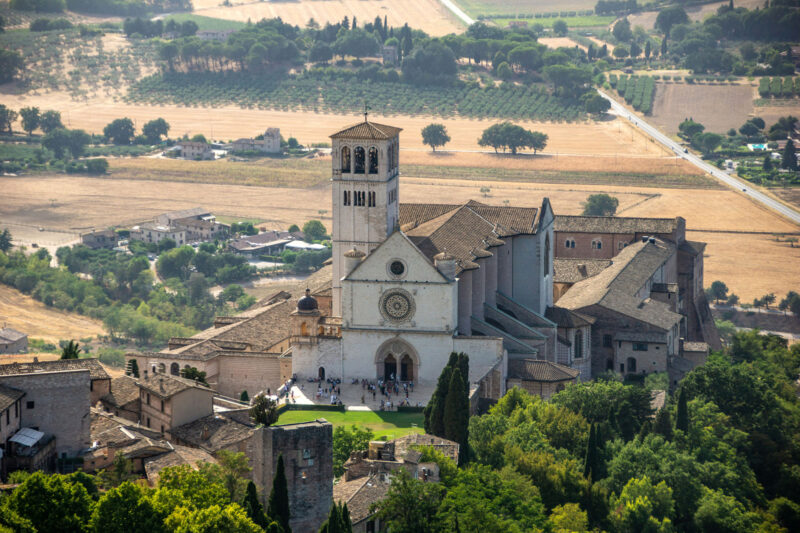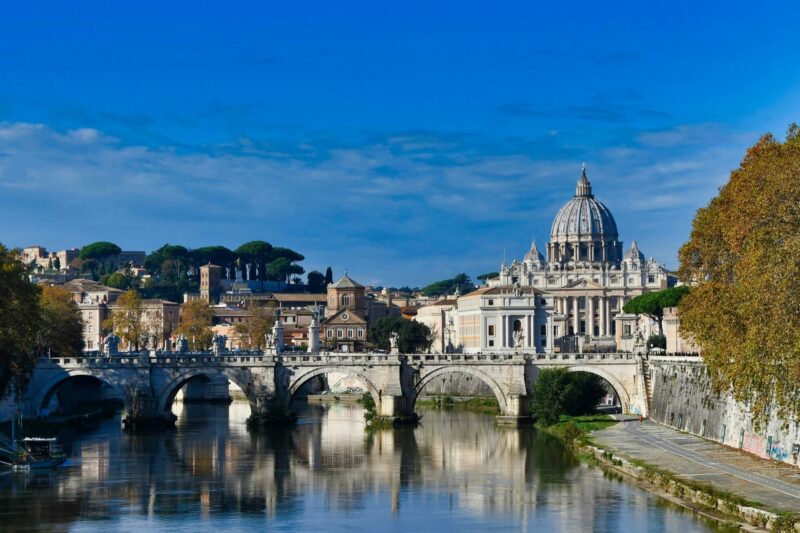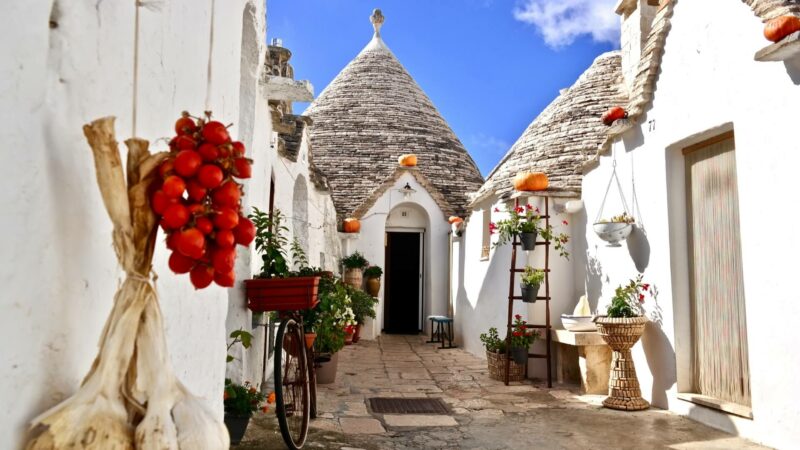Sicily, the island of treasures
Mountain ranges, gentle hills, well-cultivated fields, and a sea with tropical colors: my Sicily (the land where I was born and raised) is the largest island in Italy and of the Mediterranean Sea, with 1500 km of coastline. In addition to the main island, the Sicilian territory also includes the archipelagos of the Aeolian Islands (where the Greeks believed the god of the winds, Aeolus, made his home), the Egadi Islands, the Pelagie Islands, and the islands of Ustica and Pantelleria: in total, about twenty small islands that adorn it like gems on a crown. Called Trinacria by the Greeks (land with three promontories), it has an iconic inverted triangle shape. Its three points are: Capo Peloro in the Northeast, Capo Lilibeo in Marsala to the Northwest, and Capo Passero in Portopalo to the Southeast, where the waves of the Mediterranean meet those of the Ionian Sea. A land of myths, Sicily proudly boasts a legend even about its own origin. It tells of how the island was born from the dance of three nymphs who, traveling through the seas of the world and gathering stones, fruits, and soil from the most fertile lands, one day crossed a region with a clear blue sky. Right here, arranging themselves in a triangle on the waves of the sea, they began to drop their harvest into the waves. From their dance, an island with three promontories began to emerge, each at the point where each nymph had danced. Thus, a land with a mild climate and fertile soil was born that will also stir your senses.
Sicily of your Grand Tour
From the Phoenicians to the Greeks, from the Romans to the Byzantines, from the Arabs to the Normans, from the Swabians to the Spanish, and from the Bourbons to the House of Savoy, many peoples have invaded and ruled (but never truly dominated and conquered) Sicily. Each civilization has left behind invaluable traces of its presence: an endless series of artistic, architectural, artisanal, cultural, and culinary testimonies resulting from the encounter and fusion of different styles. So much so that Sicily’s identity tells more than any other land that from diversity springs beauty, from exchange flourishes progress, and from hospitality blooms coexistence among people. Bringing together the traces of these influences creates a journey through history that gave rise to Italian and European civilization. And this journey is all for you: like an open book, like a museum in the open air, like a shop without closing time. Now you may answer the question that European intellectuals were already asking between the 18th and 19th centuries when the Island became a must-visit on that Grand Tour: is there only one Sicily or are there different Sicilys? Writers such as Goethe and Byron, painters, and the scions of nobility took on this question while aiming to complete their education.
Sicily: rhythm of eternal wonder
Furthermore, Sicily has become one of the most coveted destinations for travelers because it is truly the Island of treasures and wonders. In the capital city, there are the Moorish domes and squares of Palermo, the bustling confusion of voices, faces, colors, scents, and specialties of the historic markets of Ballarò, Capo, and Vuccirìa (worthy heirs of the souks that once filled these streets during the Arab period). Then the cathedrals of Monreale and Cefalù are a stone’s throw away. The maritime soul of Trapani is unveiled in its salt flats. It is a captivating place with continuous references: the white of salt in the square basins between the land and the waters take on the colors of the sea that, in turn, mirror those of the sky. The medieval village of Erice, where time seems to have stopped in the year 1000, is so beautiful that it appears unreal… with its breathtaking views over the sea of the Egadi Islands. The late Baroque palaces and churches of the towns in the Val di Noto (such as Ragusa, Modica, Scicli, Caltagirone…), have been defined by UNESCO as “a unique example, the pinnacle and final flowering of Baroque art in Europe.” The Hellenic ruins of the Valley of the Temples in Agrigento are the most extensive, rich, and tangible archaeological masterpiece of all Magna Graecia. The pyrotechnic eruptions of Mount Etna, Europe’s tallest active volcano which often rumbles and occasionally spews lava and ash, are just a few kilometers from the cosmopolitan elegance of Taormina. Then there is the Neapolis of Syracuse, once a city-state of Magna Graecia (where the genius of Archimedes was born and expressed), with the baroque islet of Ortigia. All wonders are included in the list of UNESCO World Heritage Sites and featured in DS Journeys’ itineraries to provide you with a truly immersive experience on the Island where time dilates, almost coming to a standstill, beating to the rhythm of eternal wonder. And for those seeking stories, art, and myths… traversed by a long sequence of foreign dominations, the Island still preserves intact works and traces in its architecture, traditions, craftmanship, agricultural production and eno-gastronomic offerings.
Sicily: food as culture
Even from a culinary perspective, the statement: “You cannot claim to have been to Sicily if you have not tasted a meal,” makes little sense. Sicily leaves you breathless (and with a few extra kilos) due to its rich variety of food and wine. They are the result of the diverse dominations that have introduced their products into the Sicilian food pantry, making it the most flavorful in Italy. For sure some dishes have become true signature foods made in Sicily such as the cannoli, pasta alla norma, arancini, granita with brioche. Yet the array of Sicilian delights is so vast that it can satisfy everyone’s palate. There are the delicacies of sumptuous meals prepared by the French “Monsù”, who led the noble Bourbon kitchens. Then there is the street food that in every city is a riot of flavors, traditions, and tastes such as potato croquettes, panelle, Catania’s rustic pastries, Ragusa’s scacce, the spleen sandwich, and Palermo’s sfincione. Between one dish and another, would you like a sip of wine? You should know that Sicilian wine production today is of high quality, increasingly valued in the last fifty years. Until the 1970s, Sicilian wine, due to its high alcohol content, was used to cut French and Piedmontese wines. Today’s modern winemakers have been able to exploit the environmental characteristics (like the terroir of the iron-rich micro zones of Mount Etna or the sandy ones of the coasts) for wine production capable of competing with historical national and international labels.
